Reading time: 3 minutes
The working day as we now know it was the result of international, cross-industry labour efforts from workers, unions and activists, spanning well over a century of campaign, unrest and even death. The Industrial Revolution, with the spread of electrical lighting and extremely low hourly wages, had ended the traditional, rural working patterns of sun up to sun down, and meant that in some industries workers were forced to endure up to 18-hour shifts.
By Anna McEvinney
The cause was spearheaded primarily by workers in Australia, Britain and the USA. Each nation had its own nuanced conditions and reasoning for campaign: In Australia, for example, the end of transportation in the 1840s and the movement of many labourers to the goldfields led to a shortage of workers and thus increased bargaining power. Moreover, the Melbourne Stonemason’s Union cited the unbearably hot summer weather as a basis for reducing the working day from ten hours. In 1856, led by the union, workers downed tools and over several months negotiated for themselves an eight-hour day, maintaining their ten-hour wages. This was the cornerstone on which the fight for a universal eight-hour day was built.
In the US, campaigning for an eight-hour day had tentatively begun in 1791, when Philadelphia workers had organised to campaign for a ten-hour day, including two hours for meals. Over decades, intermittent strikes and protests continued along with the formation of several ‘Eight Hour Leagues’, until things came to a head at the inaugural May Day Parade of 1886. 350,000 workers walked out of their positions to protest for shorter working hours, and over the next few days matters became heated. Things came to a head when police opened fire on a protesting crowd, killing four.
In 1817, the British proto-socialist Robert Owen, of New Lanark, coined his slogan: ‘Eight Hours’ Work, Eight Hours’ Rest, Eight Hours’ Recreation’. Unpopular amongst business owners, the campaign did not gain widespread traction until in 1884 Robert Mann founded the Eight Hour League, which convinced the Trades Union Congress to establish the eight-hour day as one of their foremost goals — a crucial step.
Decades of activism were the primary driving force for the eight-hour day, but there were other factors in play. Henry Ford, the famous motoring manufacturer, is often considered one of the catalysts behind the decrease in working hours. In 1914, he doubled employee wages and cut their hours from 48 to 40 per week. Ford realised that he could make more money, and retain greater employee loyalty, by reducing working hours. In 1926, he argued: ‘It is high time to rid ourselves of the notion that leisure for workmen is either “lost time” or a class privilege’. Seeing the success of his venture, some other employers tentatively followed, and the forty-hour working week gradually became more widespread, until finally the Fair Labour Standards Act was introduced in 1938, assuring a forty-hour working week for all.
There was even more nuance to the decrease in working hours: the foundations of the eight-hour working day were laid during the Victorian period, famous for its preoccupation with virtue. There was general concern about the moral lives and education of workers, and it was argued that an eight-hour day would allow ample leisure time for employees to morally educate themselves, and to act in their free time as upstanding citizens and attentive fathers and husbands.
The video below describes how this came about.
Podcast Episodes about the 8 Hour Working Day
Articles you may also like

The Australian Government doesn’t want humanities graduates
The Australian government has announced that the fees for humanities degrees will more than double. This can only make our current epidemic of ignorance of history far worse. “When people who should know better do something egregiously silly, humanities graduates tend to apply their critical thinking skills to understanding why. Using the reasoning powers and […]
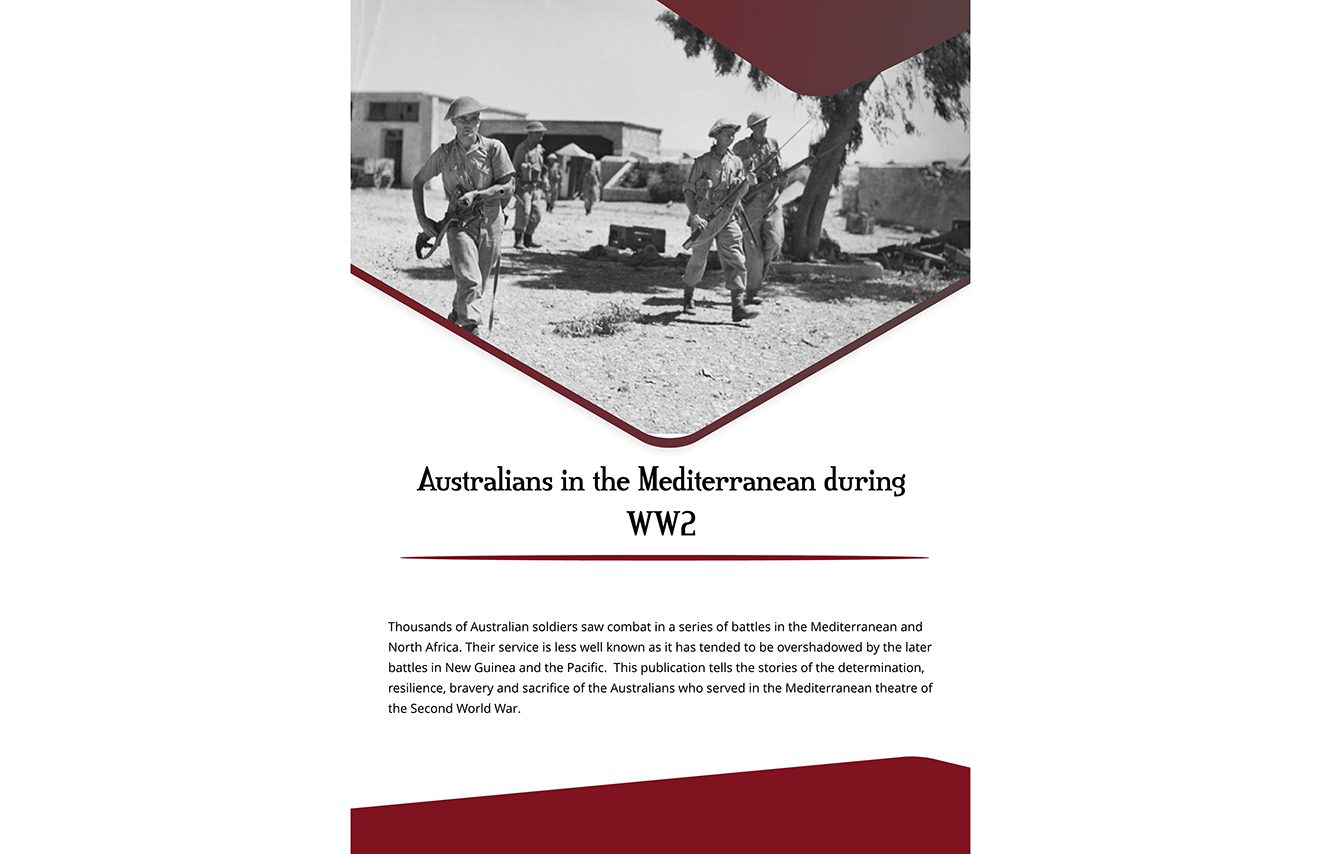
Australians in the Mediterranean during WW2 eBook
Thousands of Australian soldiers saw combat in a series of battles in the Mediterranean and North Africa. Their service is less well known as it has tended to be overshadowed by the later battles in New Guinea and the Pacific. History Guild has created and published this eBook which tells the stories of the determination, resilience, bravery and sacrifice of the Australians who served in the Mediterranean theatre of the Second World War. It is available as a free download below.
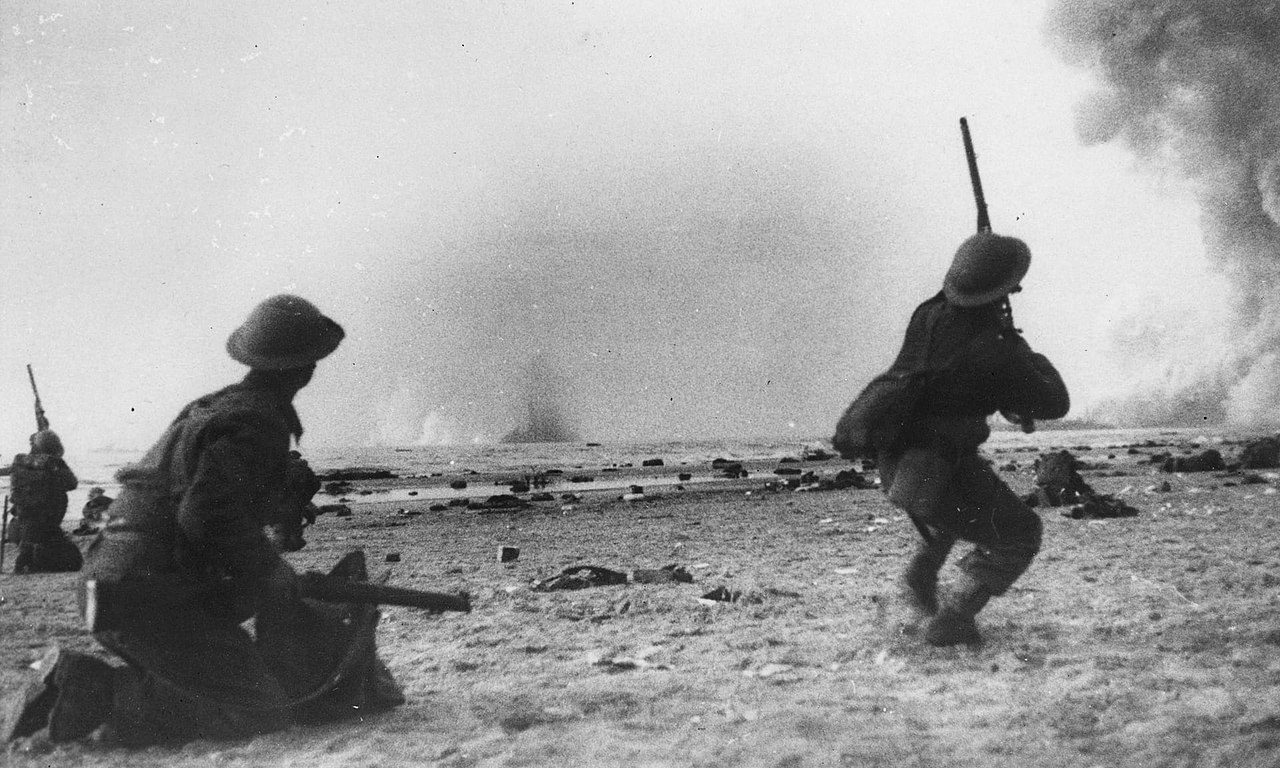
Dunkirk: how British newspapers helped to turn defeat into a miracle
Reading time: 6 minutes.
with the 1963 film of that name starring Steve McQueen, reffering to, of course, a mass escape by Allied prisoners during the second world war. But this title might more appropriately be applied to the rescue of the British Expeditionary Force (BEF) from Dunkirk between May 27 and June 4 1940.
The text of this article was commissioned by History Guild as part of our work to improve historical literacy. If you would like to reproduce it please get in touch via this form.

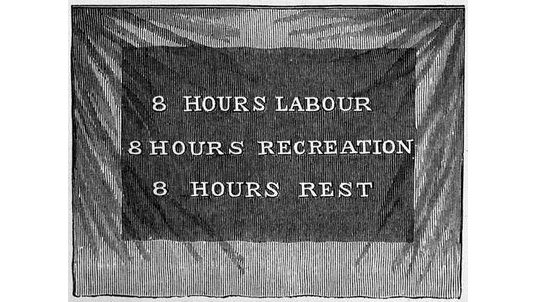

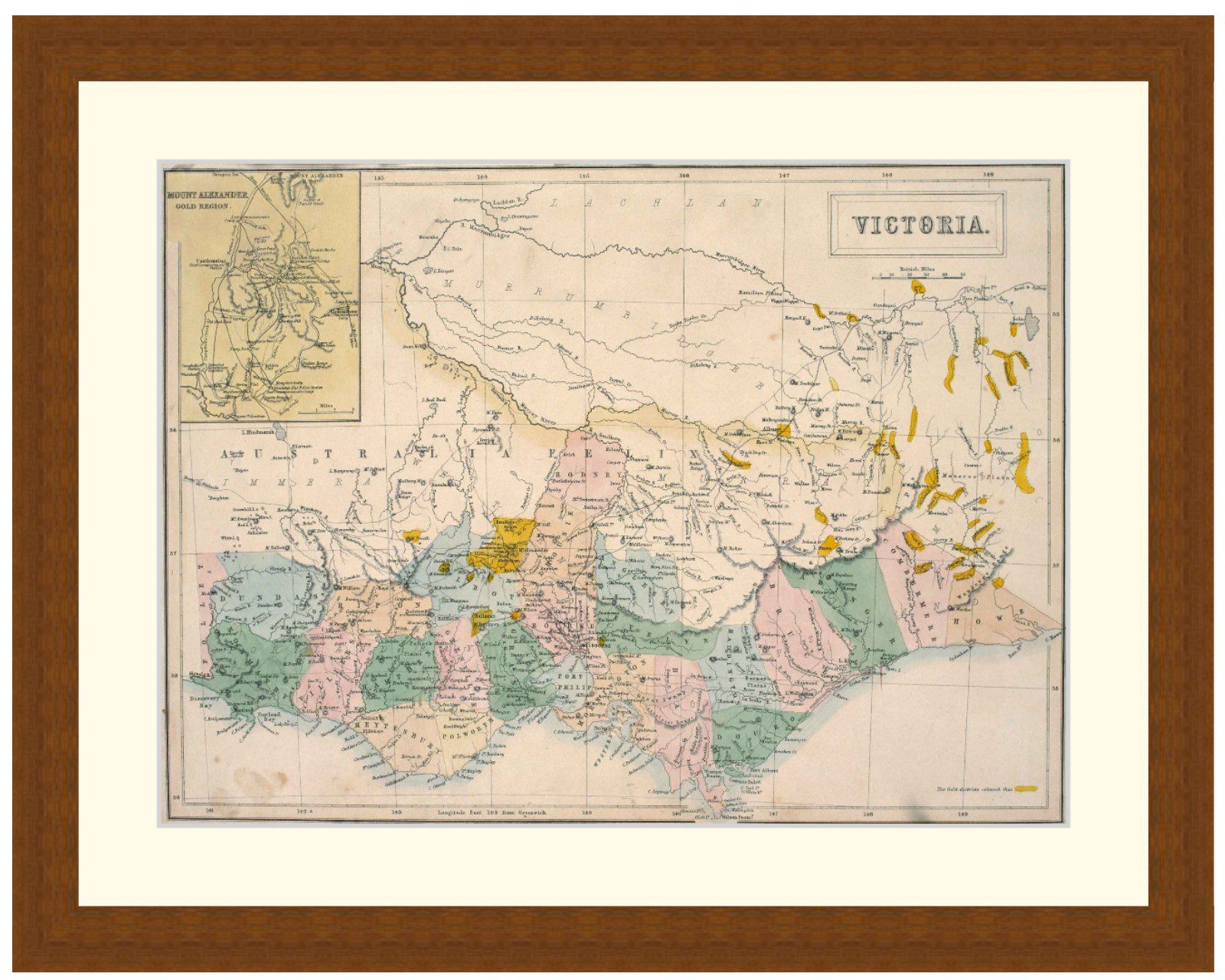
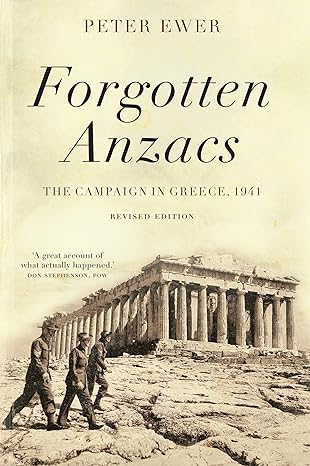
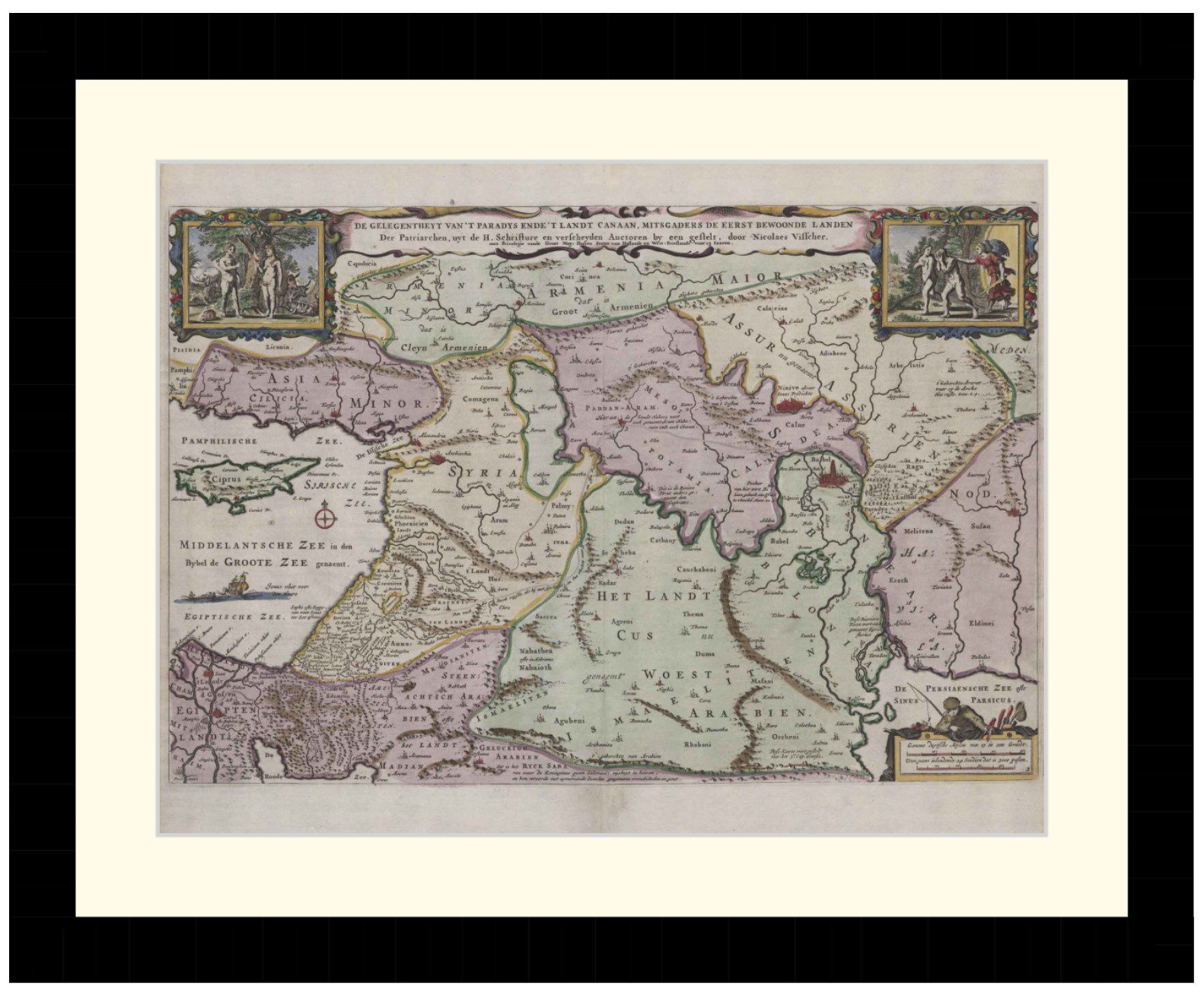
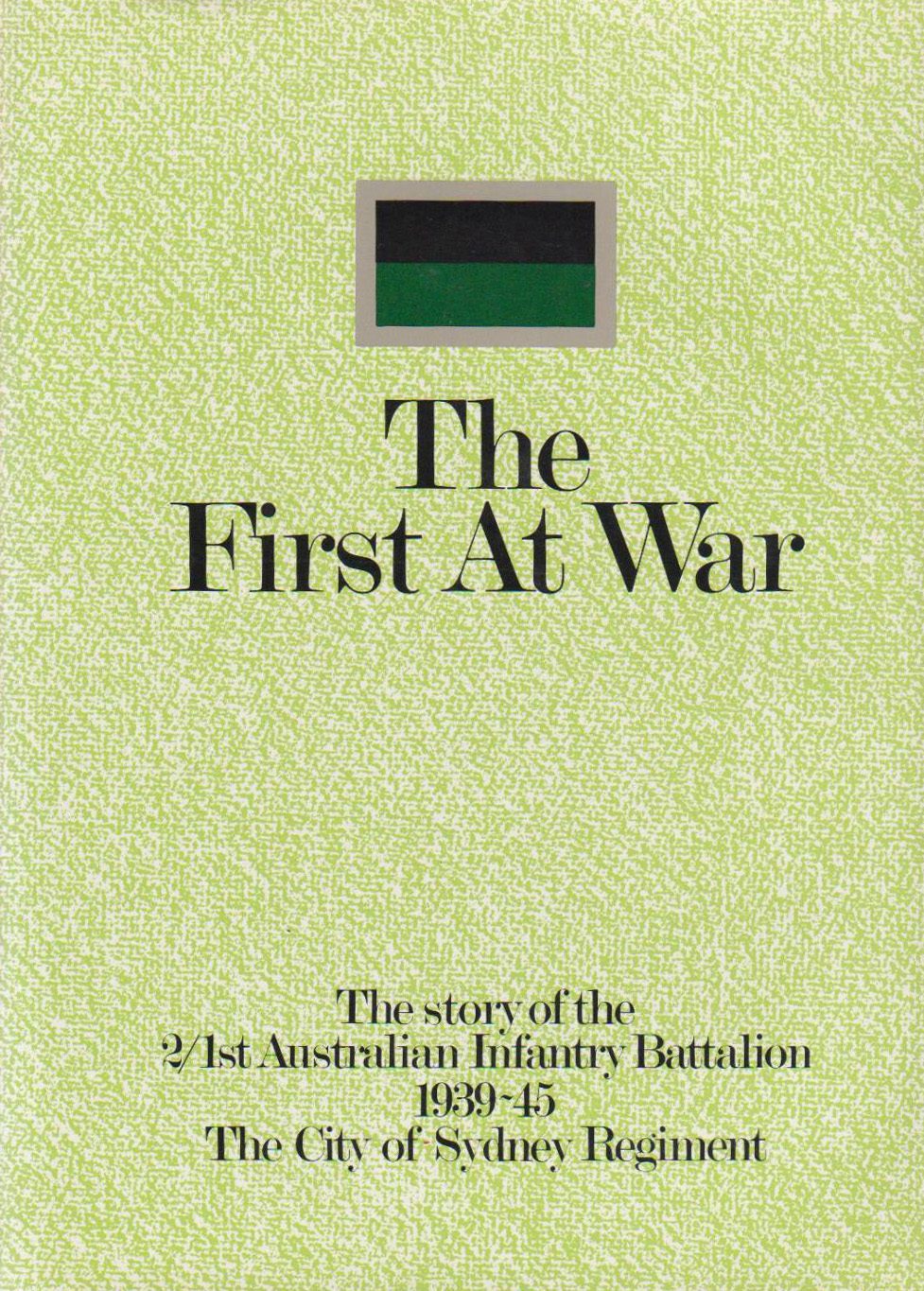
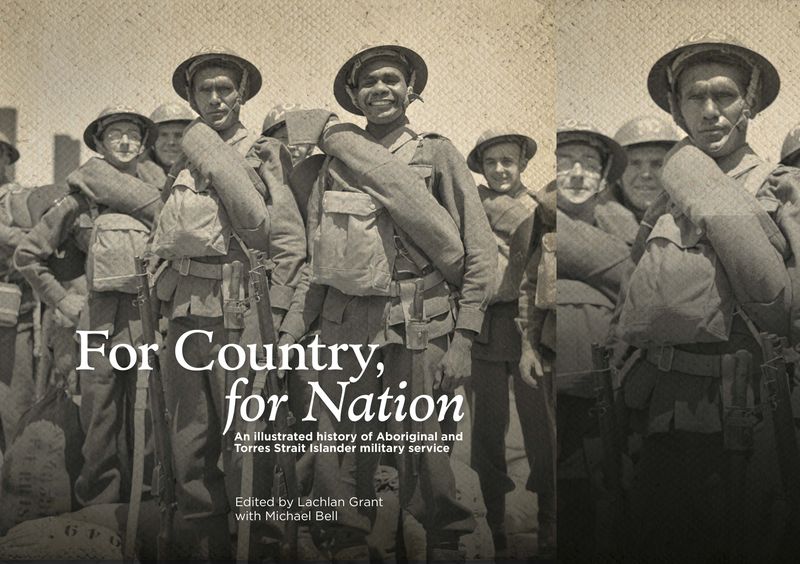


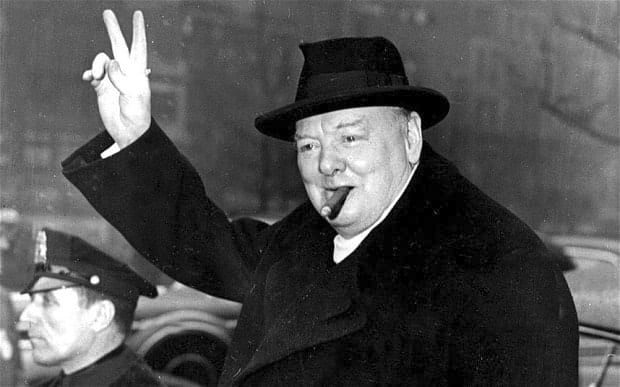
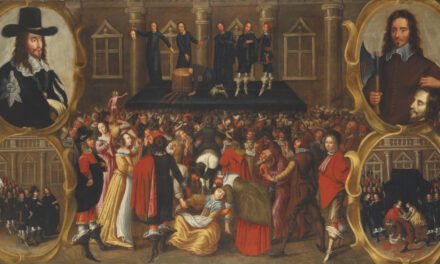
Trackbacks/Pingbacks